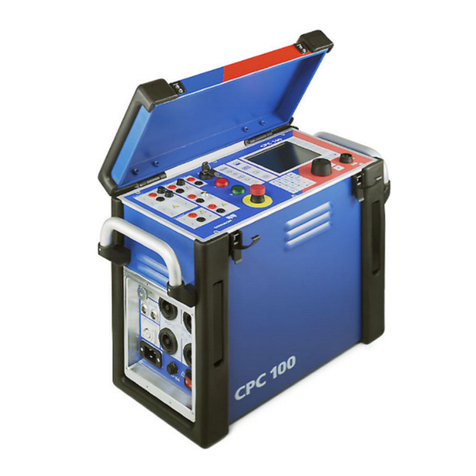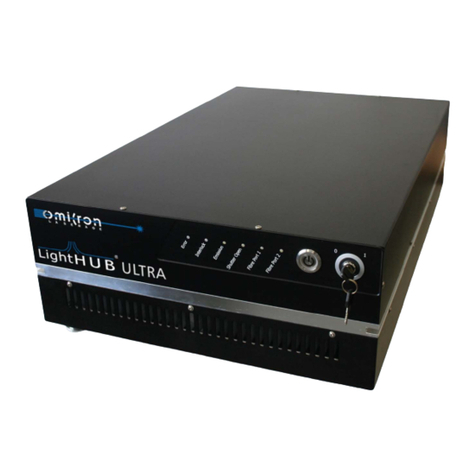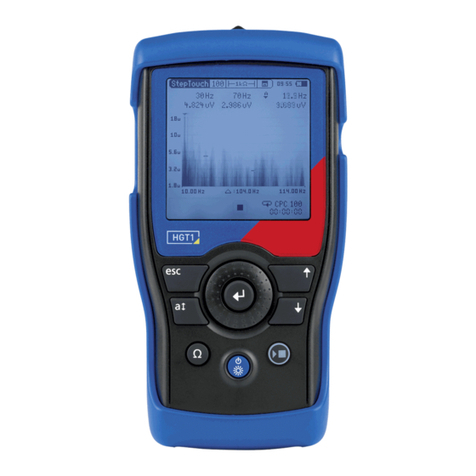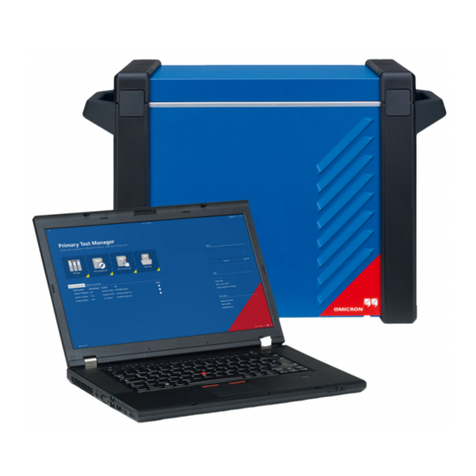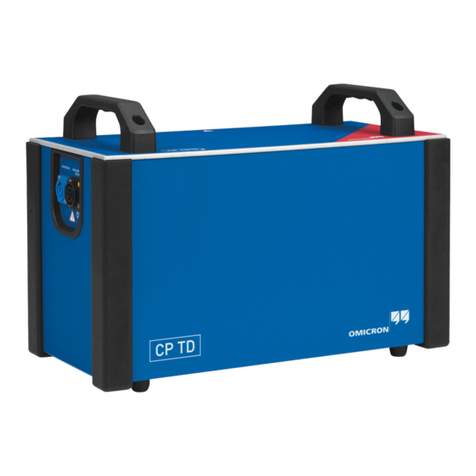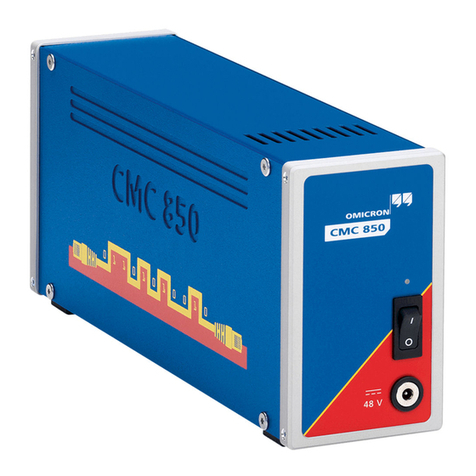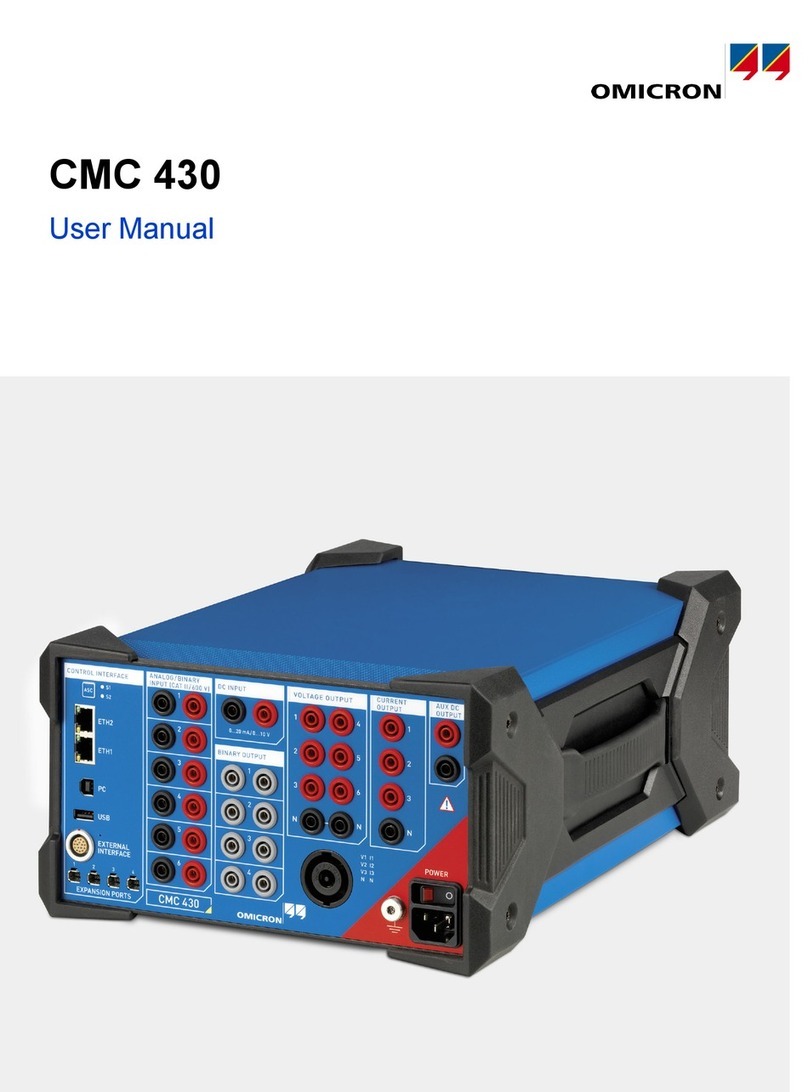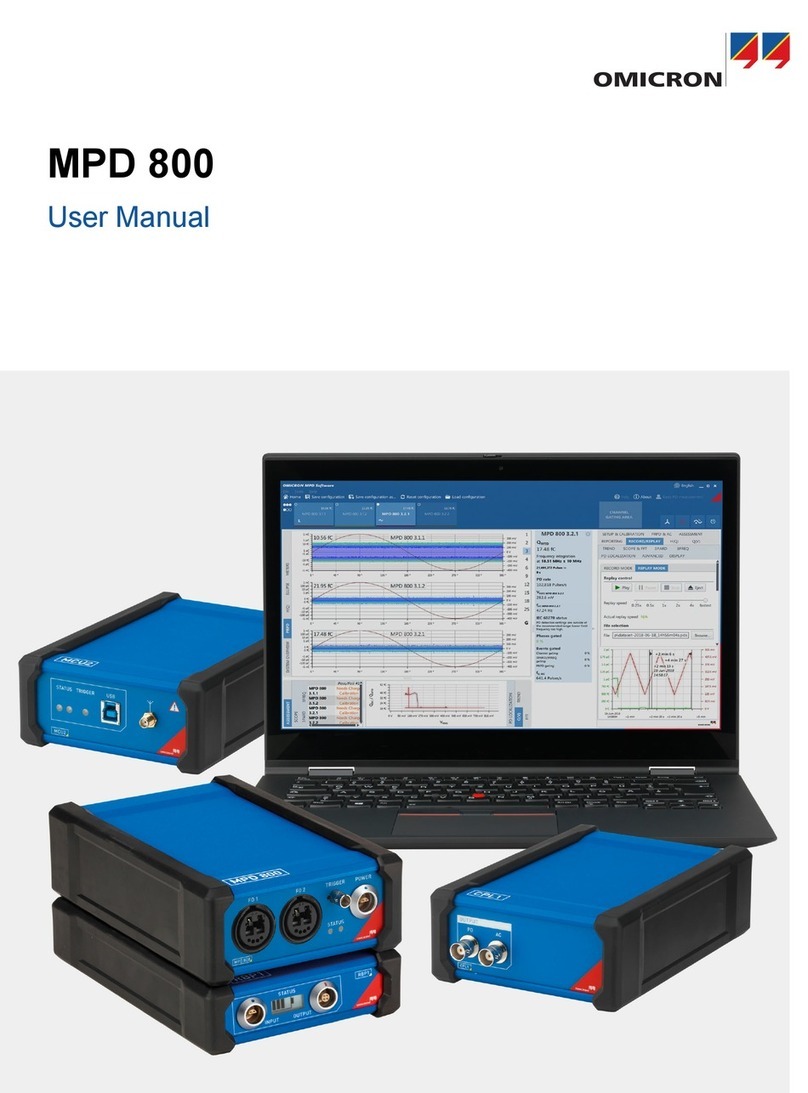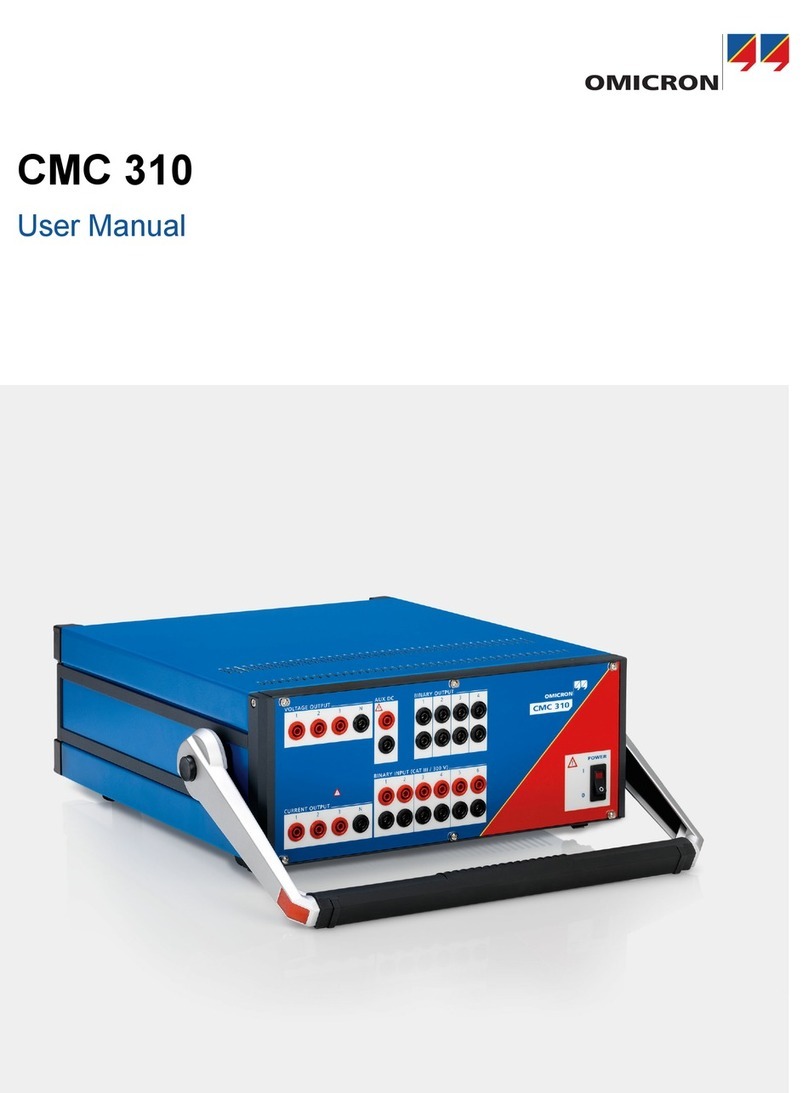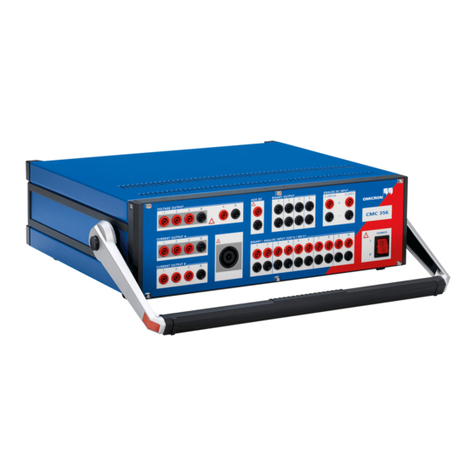
3.2 Rules for use
•COMPANO 100 is exclusively intended for the application area specified in this manual. The
manufacturer/distributors are not liable for damage resulting from a use other than the specified
operation. The user alone assumes all responsibility and risk.
• Use both the COMPANO 100 test set and its accessories only when they are in a technically
sound condition.
• The COMPANO 100 test set does not contain any serviceable parts. Do not open the test set, or
remove any of its housing components. The test set's lid with the attached QR code sticker is
removable, though.
• Do not carry out any modifications, extensions or adaptations at the COMPANO 100.
• Use COMPANO 100 in observance of all existing safety requirements from national and
international standards for accident prevention and environmental protection.
• Always keep the manual either printed or as PDF file at the site where COMPANO 100 is used.
The manual must be read by all people working with COMPANO 100.
In addition to the manual and the applicable regulations for accident prevention in the country and
at the site of operation, heed the accepted technical procedures for safe and competent work.
• Always be aware of the dangers of high voltages. Pay attention to the safety information provided
in the documentation.
• The mains cable (cable to the OMICRON-supplied battery charger) must be rated for the nominal
voltage and current specified in chapter Technical Data → Battery Charger on page 21. We
recommend to only use COMPANO 100 in combination with the original cable supplied by
OMICRON accessories together with the test set.
• Test leads wired to tall test objects must be sufficiently mechanically secured. Be aware of the
hazard of falling adapters or cables.
• Do not block access to safety-relevant test set components, such as the emergency stop button. In
a case of emergency, such components need free and quick access.
• Only operate the COMPANO 100 test set under the environmental conditions specified in chapter
Technical Data → Environmental conditions on page 21.
• Do not operate the COMPANO 100 test set when explosive gas or vapors are present.
• When setting up the COMPANO 100 test set, make sure the ventilation holes remain
unobstructed.
• Do not insert objects (for example, screwdrivers) into any input/output socket.
• If the COMPANO 100 test set does not seem to function properly, contact OMICRON's Technical
Support (→ Support).
3.3 Cleaning
To clean the COMPANO 100 test set, use a cloth dampened with isopropanol alcohol. Prior to
cleaning, always switch off the On/Off power switch and unplug the battery charger.
Getting Started with COMPANO 100
8OMICRON
